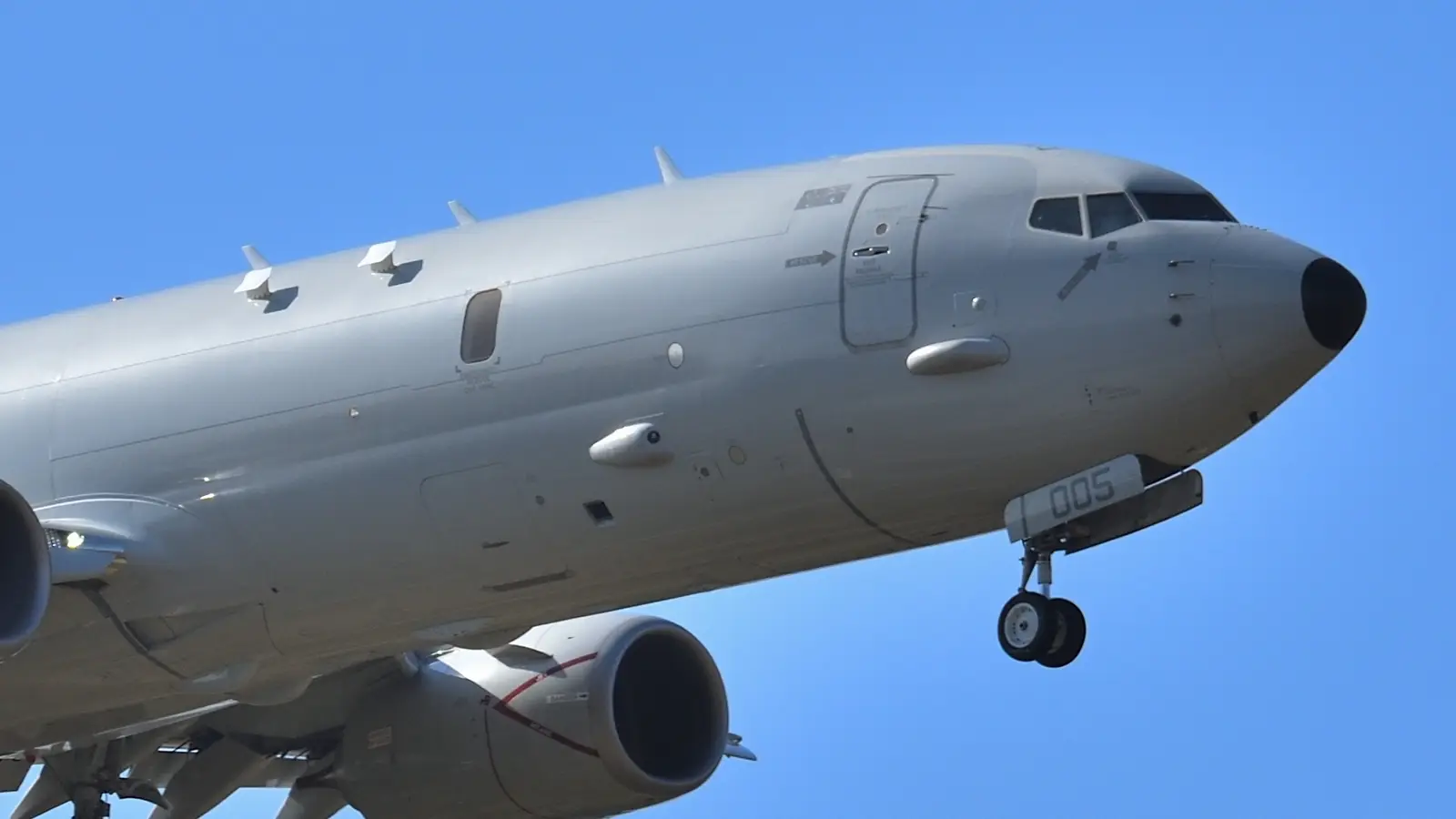Copyright Simple Flying

South Korea has officially kicked off the acquisition phase for six additional maritime patrol aircraft (MPA), jets which will help it expand its coverage beyond the P-8A fleet that the nation already operates. Boeing is in the works to pitch more P-8A Poseidon aircraft, while Embraer is offering up a new Embraer E190-E2 MPA concept and studying a larger C-390 MPA aircraft. Korea Aerospace Industries (KAI) is floating a solution based on the Bombardier Global 6500, which would localize these mission systems and allow the South Korean government to purchase these aircraft from a domestic manufacturer. A decision is expected in 2026, and the choice will balance near-term readiness (including commonality with existing P-8A models, industrial participation, and affordability over the course of the aircraft life cycle. The outcome of this effort could quite likely shape South Korea's defense strategy for the next decade. This will specifically impact the nation's anti-submarine warfare (ASW), maritime intelligence, surveillance and reconnaissance (ISR), and strike capabilities. A Deeper Look Into These Procurement Efforts The Korean government has officially moved into the initial planning phase for the acquisition of six additional maritime patrol aircraft, following the delivery and subsequent successful service entry of six P-8A models in 2024 and 2025. This latest requirement emphasizes aircraft with persistent maritime surveillance, ASW, and interoperability capabilities with allied assets. Boeing is proposing additional P-8A models, which pose low integration risk as the Korean defense ministry is already quite familiar with the platform, according to Air Data News. Embraer is in the process of marketing an E190-E2 special-mission variant that brings a full sensor suite and torpedo bay to the table. The company also put a concept aircraft, the C-390 MPA, on the table as well for the South Korean government's consideration. KAI, a domestic aerospace leader, is currently in the process of advancing a business-jet conversion version of the Bombardier Global 6500. This could anchor a complete domestic mission-system network. A selection is targeted for next year, with industrial participation and schedule risk being principal factors for consideration alongside overall costs. The Boeing P-8A is undoubtedly the principal candidate for this role. The aircraft is proven, and it is already in service with the Republic of Korea Navy. The nation has already established training, logistics, and weapons integration platforms in place. Additional airframes would be the easiest and lowest-risk option that would allow the nation to expand its capabilities. The biggest visible drawback, however, is the highest acquisition cost of all the options on a per-aircraft basis. The Embraer E190-E2 MPA is a lighter, lower-cost jet with six operator stations, an internal torpedo bay, and external hardpoints that remain under study. The aircraft offers attractive operating costs and brings increased runway flexibility to the table. The biggest outstanding risk, however, is that the aircraft's schedule and certification process remain unknown. The under-study C-390 MPA that Embraer is studying would be a larger platform that could carry heavy anti-ship weapons. The KAI Global 6500-based MPA concept is somewhat the wild card of this series of candidates. The aircraft could offer the efficiency of a business jet with a modern mission bay and domestic integration potential. This aligns with Korea's parallel Global 6500 conversions for advanced early-warning (AEW) aircraft. What Are The Financial Implications Of These Decisions? The financial implications of these acquisitions are fairly easy to analyze. The P-8A Poseidon is the lowest-risk option on the table, as the nation already operates it. Nonetheless, it is also fairly clear that this is the most expensive option on the table and that Boeing is not interested in dropping its prices as low as the other manufacturers. The Embraer E190-E2 could be appealing, and it promises lower acquisition and operating costs. What it lacks, however, is the program security that Boeing can bring to the table. Budget planners model not just flyaway prices, but also the cost of bringing aircraft into service, which includes training and weapons integration. Industrial participation efforts could give domestic manufacturer KAI a leg up.



